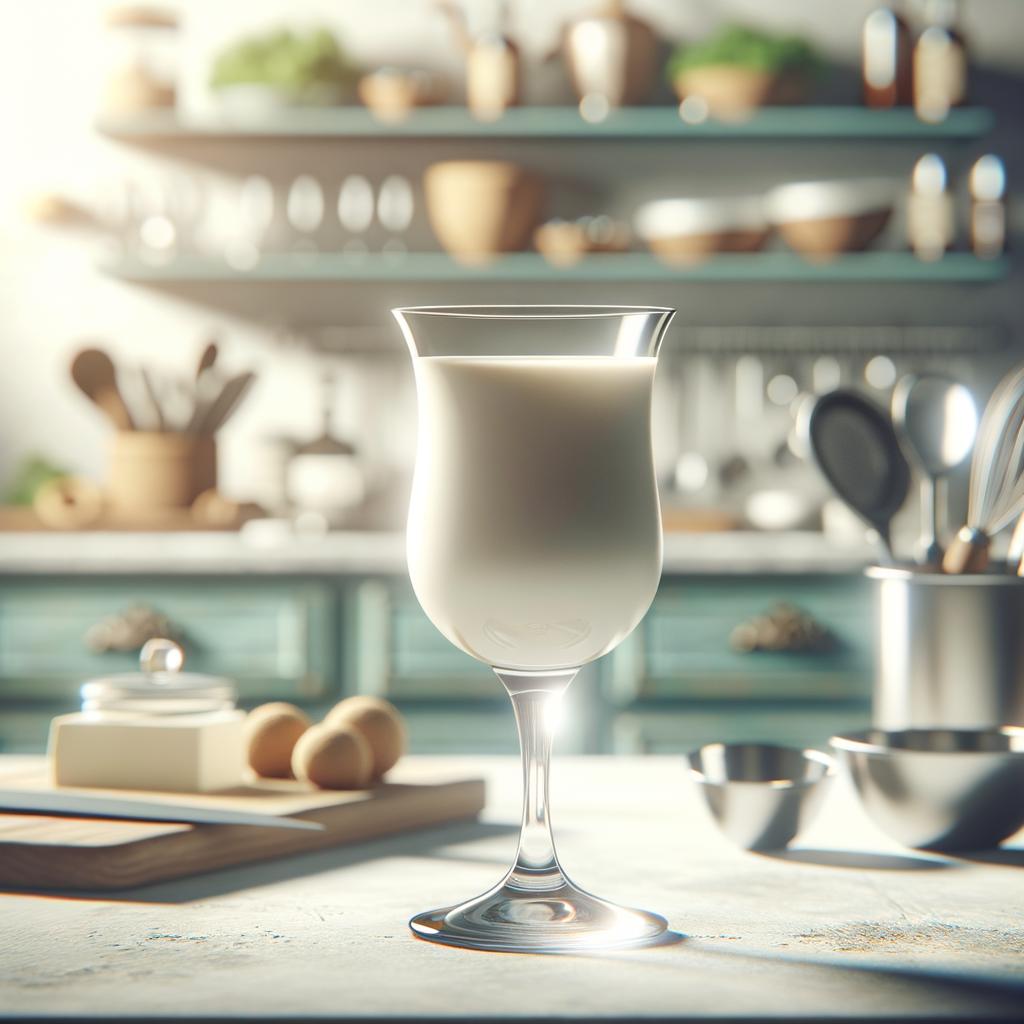White Crème de Menthe

Description
White Crème de Menthe, a captivating and enchanting ingredient, is a sweet, mint-flavored alcoholic beverage. Its appearance is as clear and pure as a winter's morning, with a texture that is smooth and almost velvety. The flavor profile is an ethereal dance of sweetness and cool mint, a combination that refreshes the palate and invigorates the senses. What sets it apart from its green counterpart, and indeed from other liqueurs, is its transparency. This makes it an ideal ingredient for cocktails where color balance is key, allowing other ingredients to shine visually while it subtly contributes its minty sweetness.
Primary Uses
White Crème de Menthe is a versatile player in the culinary world. Its most common use is in mixology, where it adds a refreshing minty note to cocktails like the classic Grasshopper or Stinger. It also finds its way into the world of desserts, lending its cool sweetness to ice creams, chocolates, and pastries. Outside the culinary world, it is often used in a traditional toast or digestif, symbolizing hospitality and friendship.
History
The history of White Crème de Menthe is as intriguing as its taste. The liqueur originated in France in the late 19th century and quickly became popular in the cocktail culture of the 1920s and 1930s. The White Crème de Menthe, with its clear color, was a symbol of purity and elegance during the Belle Époque. Its popularity waned after the Second World War but has seen a resurgence in recent years as mixologists rediscover its potential. There are many tales associated with this liqueur, including stories of it being used as a love potion due to its intoxicating minty aroma.
Nutritional Information
While White Crème de Menthe is not typically consumed for its nutritional value, it does contain small amounts of potassium and magnesium. However, as an alcoholic beverage, it should be consumed in moderation. Its high sugar content also makes it a less suitable choice for those monitoring their sugar intake. Compared to other liqueurs, its caloric content is on the higher side due to its sugar content, yet its unique flavor profile and versatility in culinary applications make it a beloved ingredient in many kitchens.

